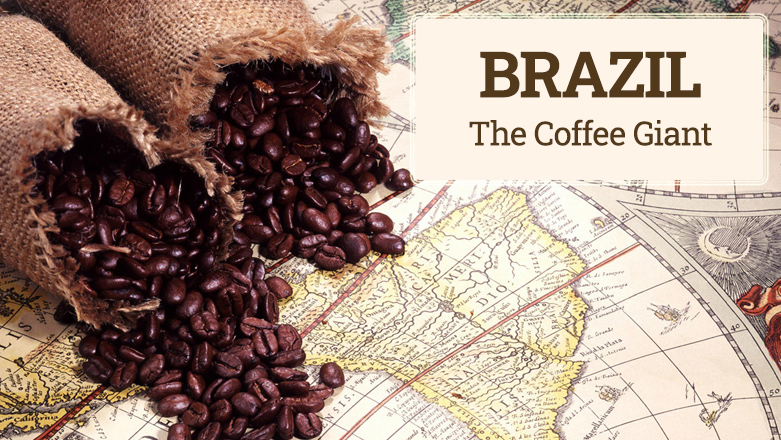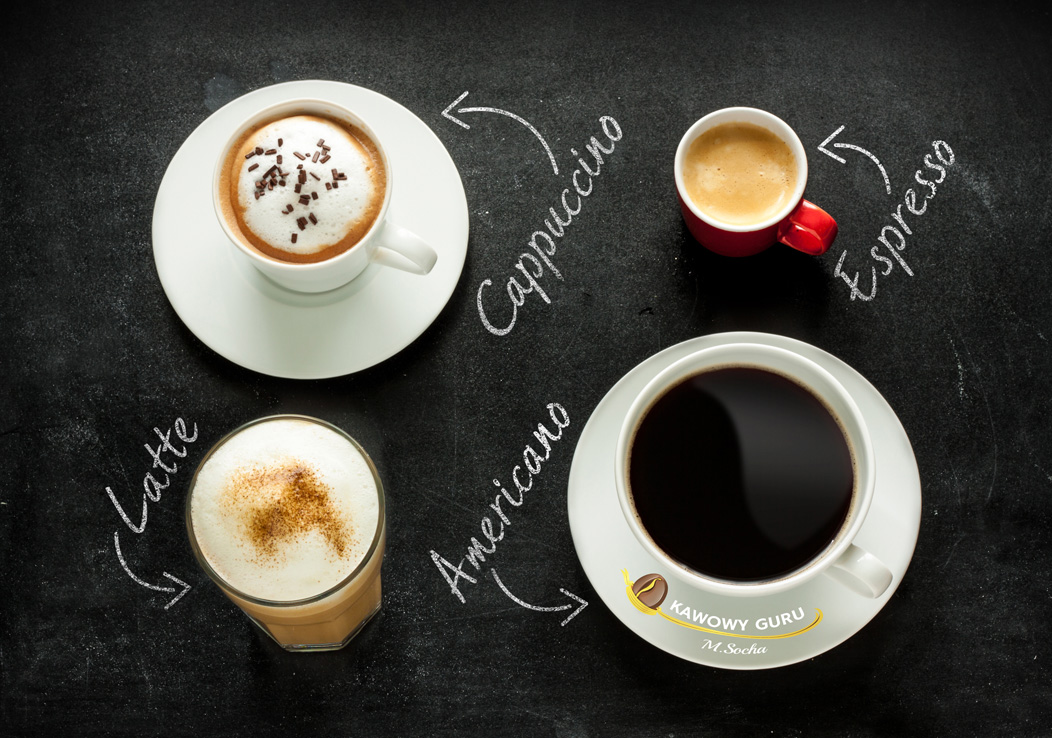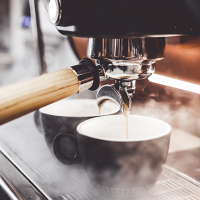Brazil is the world’s largest coffee producer. Not many people, however, know that Brazil’s coffee history started with a bouquet of flowers, with coffee seeds hidden in it. But, let’s go step by step….
In one of my previous articles, I said that coffee’s homeland is Ethiopia, where it’s cultivated for over 1000 years. However, coffee settled best in Brazil, which is resposible for 1/3 of world’s coffee harvest. Plantations in Brazil occupy an area of more than 27 000 km² and mostly located in south-east part of the country in Minas Gerais, Sao Paula, Parana provinces, where environmental and climate conditions suit coffee trees the most.
Coffee trees don’t appear naturally on American continents. The first coffee tree in Brazil was planted in 1727 by Francisco de Melo Palheta. According to legend, Portugese, whose colony was Brazil, tried to get coffee seedlings from neighbouring French Guiana, but it’s governer didn’t want to cooperate. As a result, colonel Francisco de Melo Palheta was sent on a diplomatic mission and managed to charm governor’s wife. She, then gifted him a bouquet of flowers with coffee trees seeds hidden inside for goodbye.

At first, coffee cultivation initiated in 1727, only sustained local market. Over time, coffee became even more popular in Europe and USA, which resulted in increased demand for Brazilian arabica. During third and fourth decade of 19th century, a large Rio de Janeiro, Sao Paulo and Minas Gerais plantations development took place, which made Brazil a worldwide coffee powerhouse. But it had it’s darker side.
Plantation owners needed cheap labor, so they „bought” slaves from Africa. It was mainly English, who did it, their ships transported slaves from Africa to Brazil without any breaks. In 1850, Brazilian plantations had more than 1,5 million slaves. Slavery in Brazil was ultimately abolished in 1888, but it didn’t have any negative impact on coffee production. Plantations grew bigger and bigger and their largest prosperity period during 1880-1930 is called cafe com leite (coffee with milk).
This name refers to the most dominant economy parts of the biggest provinces: coffee in Sao Paulo and dairying in Minas Gerais. In 1920s and 1930s, Brazil was resposible for 80% of world’s coffee harvest. There was so much coffee, that Sao Paulo Coffee Institute turned to Switzerland’s Nestle company for help. They wanted them to find a method, which could help them with long-term coffee storage. The Swiss developed a method of instant coffee production, that is produced till this day, under the name of Nescafe..
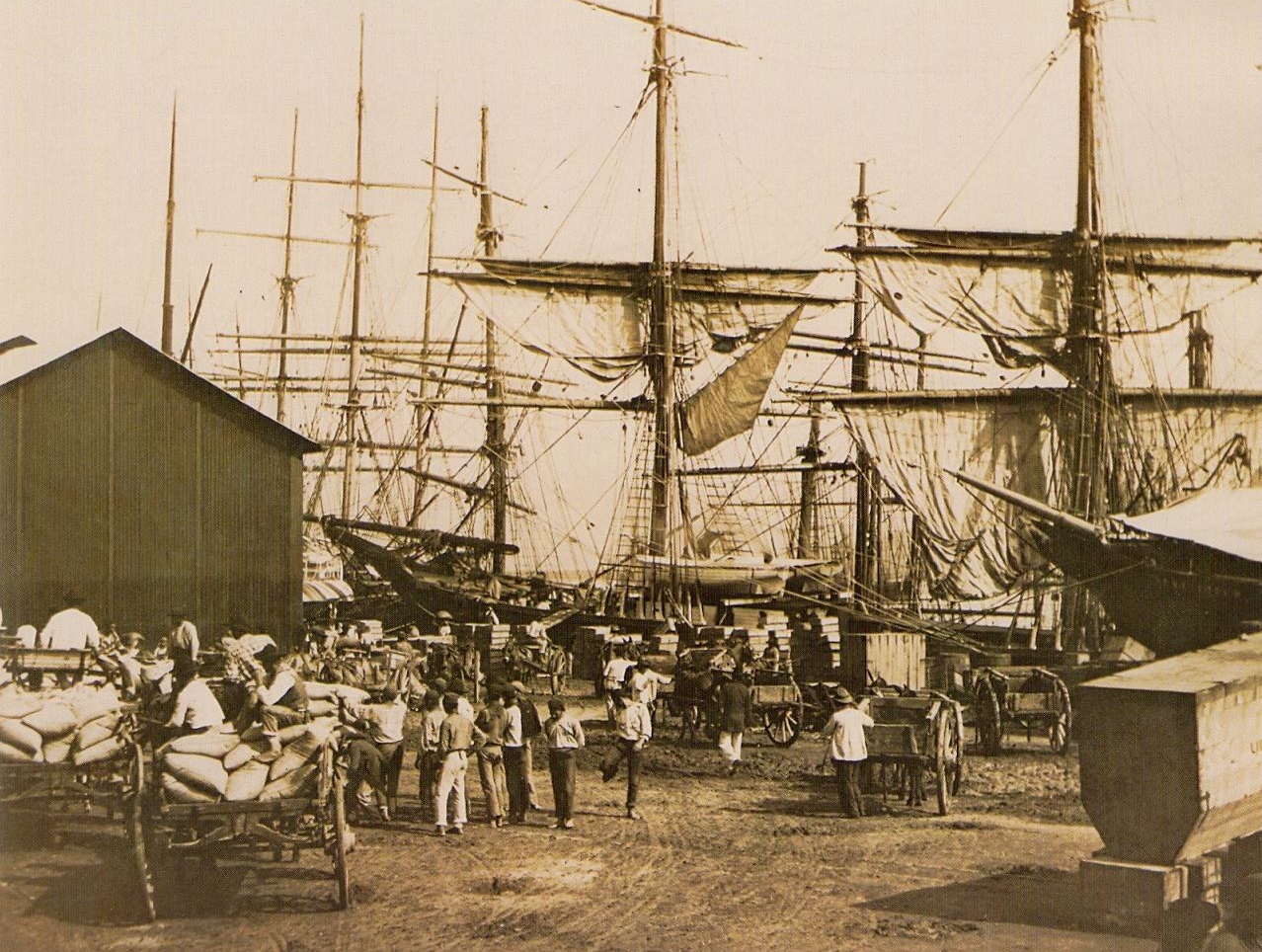
Coffee had a significant influence on Brazil’s infrastructure development. Some of the first railway lines were built to support plantations, from where coffee made it’s way to the Atlantic coast – to Santos harbor.
Today, Santos is the biggest harbor in South America and coffee is still one of the main products loaded onto ships coming from around the world. The name „Santos” comes from a popular Brazilian arabica. That coffee, in it’s high quality variation is also offered in our roastery.
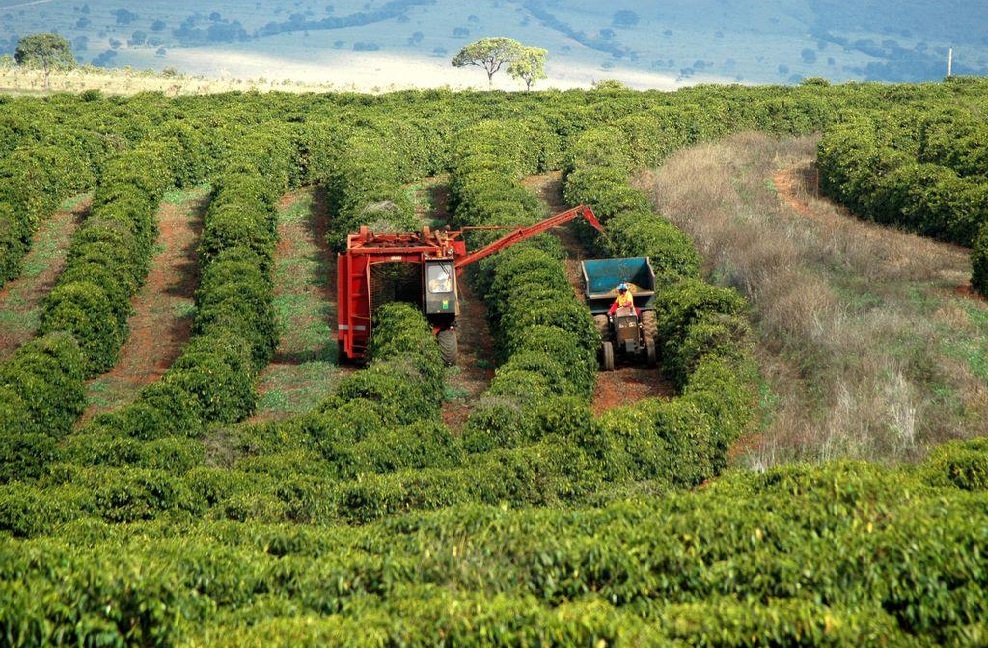
As I mentioned earlier, coffee is mostly cultivated in south-east provinces: Sao Paulo, Parana and Minas Gerais. The last of them is responsible for over half of total Brazilian production.
Brazil has around 220 000 plantations and the most cultivated coffees are variations of arabica: Bourbon, Catuai, Mundo Novo and Typica. Harvesting takes place during dry season, which means from June to September. Coffee cherries are dry processed (you can read more about coffee processing types here).
To keep it short, coffee cherries are being dried in sunlight, until their skin and pulp falls out. Their seeds (coffee beans) are collected, segregated, packed into jute sacks and sent into roasteries around the world.
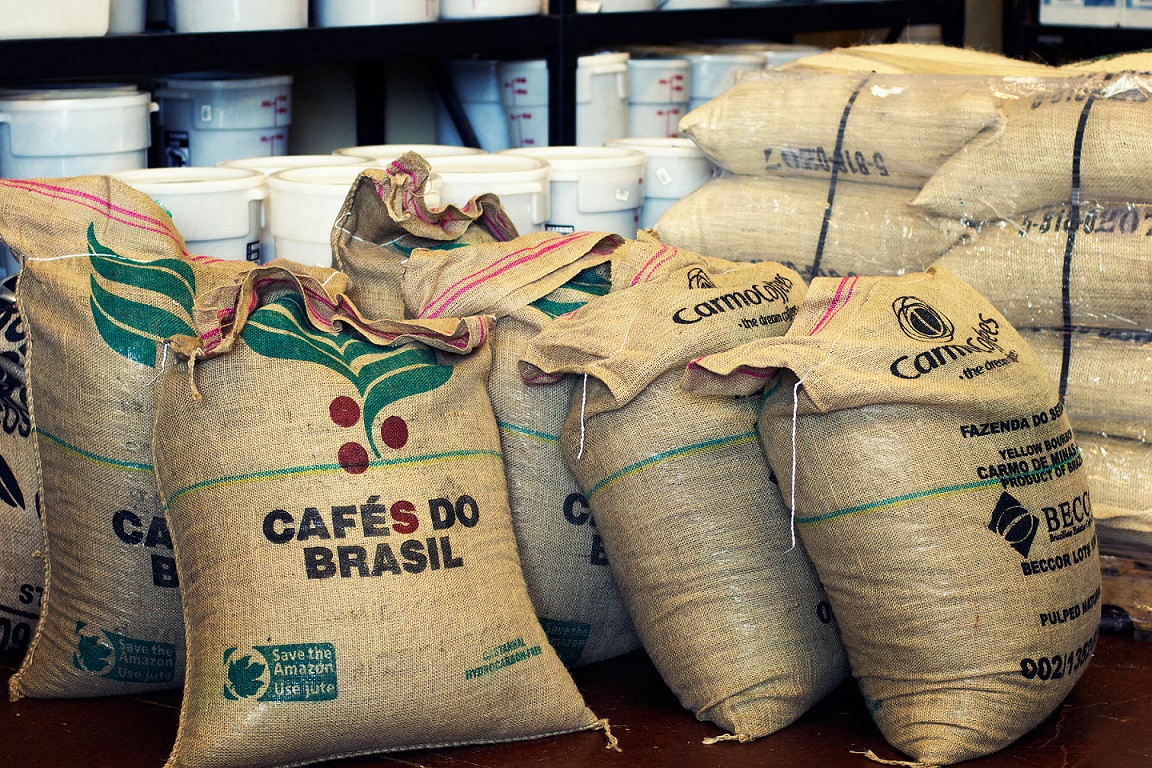
I also have to mention the quality. Brazils produces good coffee, but it’s mostly industrial coffee, harvested with combine-harvesters and used by almost all coffee producers, starting from the cheapest „Sahara” and ending at good quality Lavazza.
However, during 1990s some plantations implemented high cultivation, harvesting and processing standars, which noticeably increased the quality of coffee beans. These coffees are a part of so called „premium” or „specialty” segment, cultivated on small farms, manually harvested (picking only the most ripe fruit) and controlled with high standard procedures during processing.
Brazilian arabicas are mild in taste, acidless and often with noticeable nut and chocolate notes. Their flavor can be considered as „classic”. That’s what popular Santos and a bit more rare variation, Yellow Bourbon are. One of the best Brazilian coffees is Pergamino Sul de Minas, which we will soon inlcude in our offer.
Good Brazilian arabica can be recommended to everyone: it’s a reliable, good, „classic” flavor coffee. It can be used for espresso (and obviously it’s variations, e.g. cappuccino or latte) and any other brewing methods (drippers, Chemex, AeroPress etc.). Even though, I try many different coffees every day, Brazilian Santos is my regular visitor.


